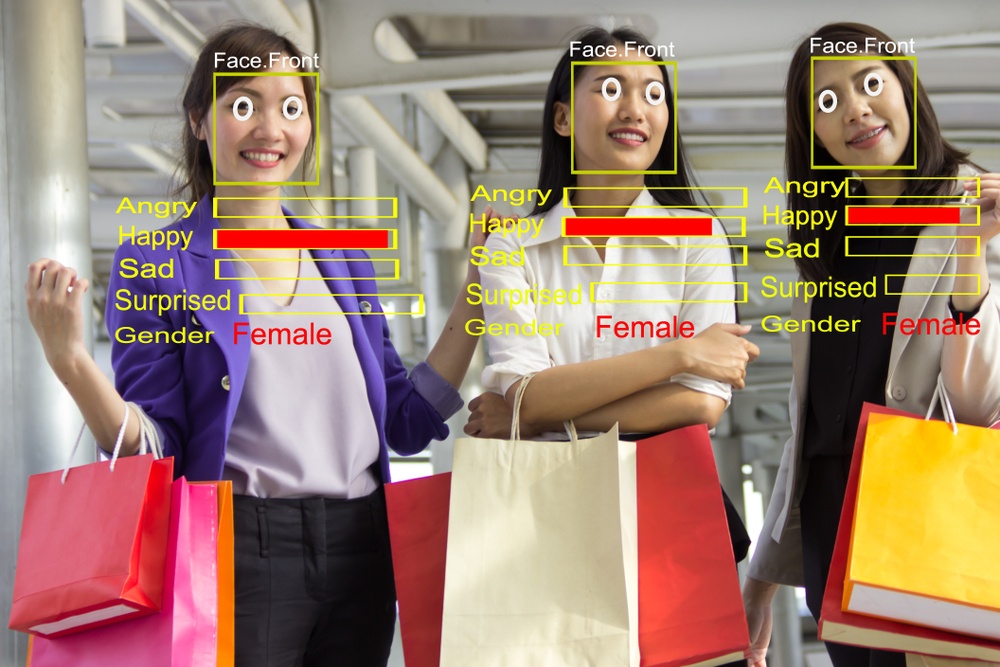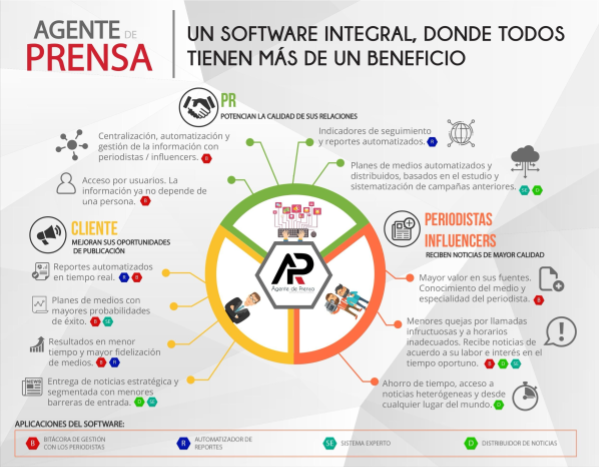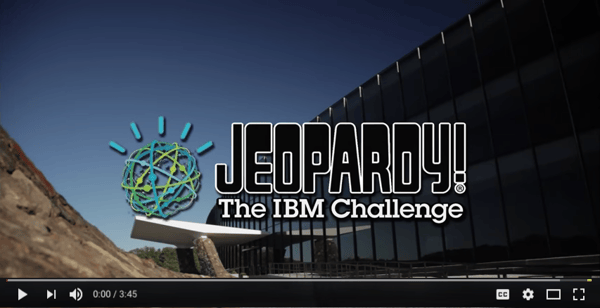
Only the best agencies know that public relations are a cognitive industry that is always growing. And by "cognitive" we mean that it generates information and knowledge through the experiences analysis or material previously presented.
This isn't new; in fact, it's something that our brain does every day. It learns from experience and during sleep it classifies all the knowledge that we acquire to incorporate it into our memory. If we want to see it that way, public relations professionals are like a great brain that works to achieve goals working with our clients. Always in an innovative and disruptive way to avoid repeating the same experiences of the past.
We have done all this process of knowledge generation in a natural way through many years of professionalism, but what if we could be helped by machines? How would our daily work look like?
In this article, we'll analyse what is artificial intelligence (AI) and how it could be useful to change the face of public relations as we know it.
Artificial intelligence, an answer for the future?
Surely when you think about artificial intelligence, robots, Terminator, Ex Machina or even Her come to your mind. You don't have to go that far nor everything is a matter of fiction: artificial intelligence is in our present and our reality.
Watson is a good example, developed by IBM (the same company that created the first computer that won against the world chess champion), this artificial intelligence managed to become the champion of the contest Jeopardy! at the beginning of this decade, this means that it achieved its purpose.
But Watson wants to go further. IBM seeks to help in other fields that work with information intensively, such as telecommunications, financial services or government.
How do Watson works? Artificial intelligence is a way in which machines can learn how humans work, in other words, it generating new knowledge from previous information. The interesting thing is that machines generate this knowledge without the human intervention, and not only that, but they will establish relationships between concepts, creating semantic fields that will allow them to distinguish between areas of knowledge. For example, a normal computer does not know what to do with the word "wave" until a human gives it a context. An artificial intelligence will use the word in different contexts to give it a concrete meaning, based on previous information. Thus, it would distinguish if it is a wave (a wave in the ocean) or an expression of courtesy with your hand.
The present advances in artificial intelligence go far beyond the simple explanation above, which is why Watson can, once it "reads" the context of the answer, formulate the correct question of Jeopardy!
But don't be scared! To develop artificial intelligence in a machine, it still needs a human manipulation to enter the correct information to have a real context to based on it and formulate logical reasoning. The human decides (for now) how much information is given to the machine to "feed" it. This is how, mostly, artificial intelligence works.
Uses of artificial intelligence in marketing
Here are some concrete examples of artificial intelligence uses in marketing, a profession close to public relations because it deals directly with people, either with the client or the consumer. In addition, marketing has shown significant advances in the use of AI.
Nearly 40% of marketing professionals believe that AI, automatic learning or deep learning will transform everything in the years to come. Likewise, Rubikloud believes that this technology will have a greater impact on marketing during this year, specifically in the retail sector, since it will be used by more than 50 percent of businesses in the area.
Most of AI use in marketing is related to the client, with their behavior, wishes, and needs and with the response time that companies must use to satisfy their clients. In this way, some specific actions of the AI are:
- Through the historical information analysis, it reveals customer behavior patterns to anticipate their needs, doubts or claims.
- It helps to create customer profiles based on their behavior during their shopping.
- It creates automatic but customized responses when buyers contact the customer service.
- It allows sending effective recommendations to clients so that they have the confidence that they will only receive advertising that is really relevant to them.
- Teach marketing professionals to respond in real time the buyers' needs, predicting when is the best time to contact them using data from their past behaviours.
How will AI help public relations?
The AI use in marketing help us to get an idea of what it would be to work with it in public relations, but we have more examples below:
- Storytelling and data
One of the main goals that public relations have is to analyze data (or metrics) to draw conclusions and reports in order to develop or recreate communication strategies. However, few advertisers are data analysts, so some end up giving the client graphics with a lot of images and colors that are actually empty when reporting outcomes.
The AI would do the data analysis for us (this way we get rid of maths) and it would show us trends.
But not only that, it would help to see the numbers as understandable conclusions for all of us and allow us to perform storytelling more easily. We could see the numbers as words, words in trends and trends in messages. Imagination and language will continue to be pillars of a good story, but people value more those based on facts and real experiences.
- Influencers analysis and automatic recognition of visual content
Working with influencers is one of the main communication strategies nowadays, but choosing the right one for the brand is not an easy task. AI would allow us to analyse their online behaviours, subjects they talk about, events they attend, etc. Above all, it would let us analyse their pics, in case of implementing some strategy in networks such as Instagram.
It's obvious that audiovisual analysis is a complex task: every day, every minute, thousands of images and videos are posted around the world (in the aforementioned network, 80M of photos per day). A machine would be more skilful analysing this material, especially because it is not about words, but about colors, sounds, and pixels. The AI recognises the content of the images based on their context, thanks to all the photos analysed daily.
- Viral phenomena and news monitoring and prediction
One of the basic tasks of the public relations professional is the media monitoring to see in which content the brand is mentioned or if they did take advantage of that exclusive interview. Imagine for a moment that you can save a lot of work time, especially now that hundreds of stories a day are generated so quickly that it is impossible for a human to be in everything that happens in the news and social networks...
But not only that, but positive and negative texts could be analyzed based on the words that were used to create them or on the reactions of the readers.
Likewise, the AI could predict trendy content by analyzing the characteristics of going viral, all in order to tell you when exactly to launch that story, experience, hashtag or video, to ensure the best outcomes.
A dream come true for public relations professionals that seem like science fiction
At the beginning of the year, the Peruvian company Making Connexion introduced a system called “Agente de Prensa”, a program that uses AI to help public relations determine how likely it is that a brand or company story is posted in order to better manage the reputation.
The platform analyzes the information published by journalists and influencers, determines what their specialization and interests are, and automatically sends them the news or message ensuring that it will be relevant to them.
But not only that: “Agente de medios”, co-financed by the Peruvian government, also creates media plans based on success stories, automatically tracks posts and sends real-time reports to clients.
Everyone wins. The client is more satisfied, the public relations professional saves time and effort while gaining media knowledge and strengthens their relationship with them, and they stop receiving irrelevant information.

Source: Making Connexion
So, will AI leave the public relations without a job?
We are extremely far from that happening! And the reasons are several:
- As we mentioned above, AI does not work without humans "feeding" it. Computers do not "absorb" foreign knowledge as the human brain does, they do not "feel" or perceive, they only draw conclusions based on the information that humans "teach" them.
- Just as public relations analyzes "cold" information, it's also a very human discipline. A client will NEVER want to deal with a machine when it comes to creating a strategy, for this it is always important to "put a face" on emails, always be in personal and direct contact with that face, and that can only be done by another human.
- The AI, as well as any other technology, should be seen as an assistant to the professional, not as something that will do all the work for us.
- AI is capable of error, has no instinct, and is not empathic. The prediction "science" is something that is barely rising, so the most complex tasks and, above all, those involving feelings, will be held by the public relations professional. The interpretation of the conclusions offered by the AI and the action plan to follow must be supervised and endorsed by humans.
In the near future, the best agencies will not be those who fear technology, but those who understand how it works and how to use it to benefit their clients and their messages through innovation and knowledge of the target audience. Do you know if your agency is ready to implement these changes for the benefit of your brand?


